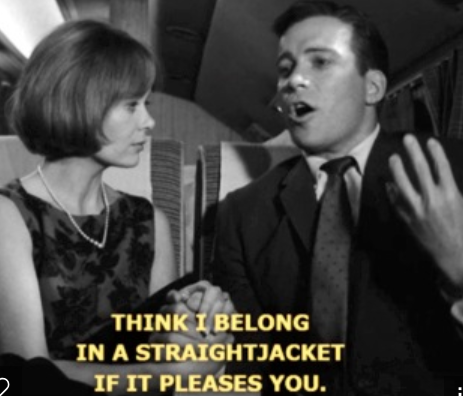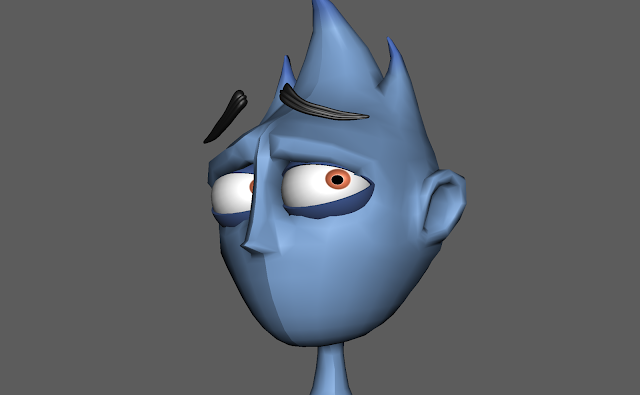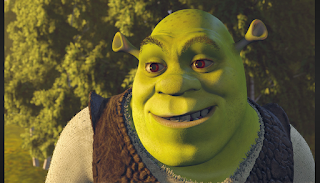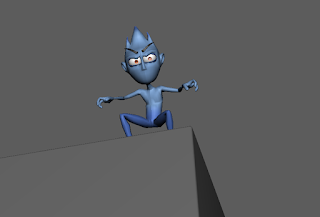WHAT DID I LEARN IN ANIMATING A WALK CYCLE????
This is me.
This is me trying to push away the cold unloving embrace of the universe as I realize animating bodily movement is incredibly difficult and I would probably have more fun making a bracelet out of a mixture of my own hair and sewing needles.
Basically the idea is, that you set a pose at key frame one and then copy this pose at the end, say 33.
Here is my kung fu esque start and end pose for this animated snippet.In between 1 and 33 there will be a middle key frame and that is where you will put your motion in the complete opposite of key frames 1 and 33.
Wowzers that is some crazy parallel dimension type stuff there, I am talking Twilight Zone level weird.
There will be key frames in the middle of the 1st to the 16th and the 16th to the 33rd, and that would be key frame 7 and key frame 22- where the natural bodily movement that was actually really difficult to capture magic happens. As it turns out your legs when walking are not the only things that move, your arms, hips, torso, head and everything else moves with you. And the major difficulty I had when making this walk cycle was making sure Franklin here (my model) looked adequately balanced or didn't look like he had a metal rod instead of a spine or as though he was snapping off an ankle in the midst of a zombie like stupor as he walked.
For a while he looked like a ken doll, then a half frozen penguin. But he now looks at least partially alive, even though he may be suffering from a rather ravaging case of polio.
This is key frame 7 as I made sure to lift his leg in the air as he MOVES FORWARD. This is important, otherwise your model will look like they're stuck to a shuffle board.
As well as the addition of shifting his torso so it appeared his body weight was shifting as well as his shoulders, and employing the idea of the stretch and squish, as the body also moves up and down as it connects with the pavement. THAT IS CALLED GRAVITY, FOLKS.
Despite all my complaining, I had fun.




































